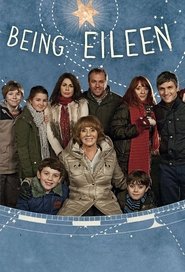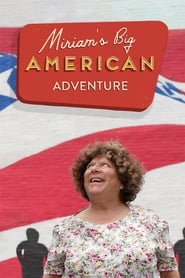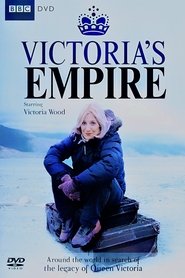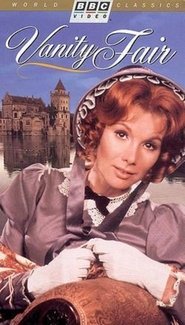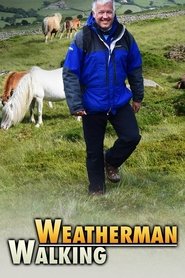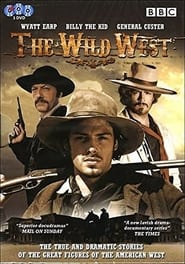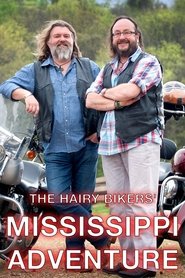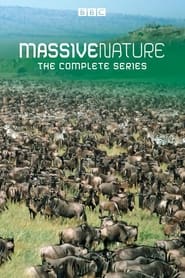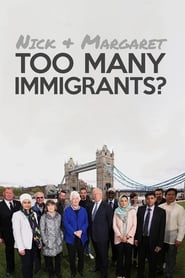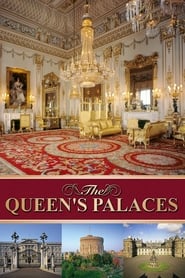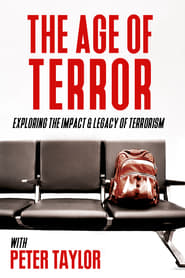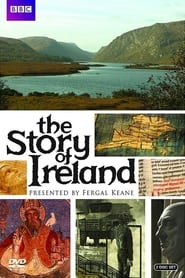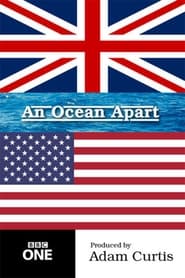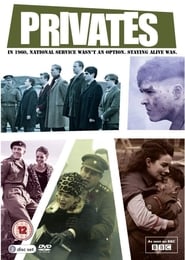Bbc One TV Series - Page 88
-
The House of Paisley
2023
The House of Paisley
2023
Preacher, populist, politician - the electrifying rise of the Reverend Ian Paisley. -
That's Showbusiness
1989
That's Showbusiness
1989
That's Showbusiness is a television quiz show with celebrity teams answering questions about the entertainment industry. It aired on Monday nights on BBC1 between 1989 and 1996. It was presented by Mike Smith. The subtitle "with Mike Smith" was added during the later years of broadcast. -
My Family at War
2008
-
Being Eileen
2013
Being Eileen
2013
Being Eileen is a BBC "heart-warming" comedy-drama which began as a new six-part series on 4 February, and ended on 11 March 2013. Originally titled Lapland, it was first broadcast in the United Kingdom on BBC One on 24 December 2011. Although initially a single 75-minute episode which was set in Lapland, Finland, it was announced to having a series renamed Being Eileen, consisting of six 30 minute episodes, due to the success of the single episode. The series, written by Michael Wynne, features an ensemble cast. Headed by Sue Johnston, who plays Eileen Lewis, the programme focusses on her, the widowed matriarch of a "large, close-knit and dysfunctional Northern family". The single episode focused on the family's visit to Lapland, whilst the series focusses on their life in Birkenhead. Elizabeth Berrington and Stephen Graham, play Eileen's children, whilst William Ash and Julie Graham play their partners. -
Miriam’s Big American Adventure
2018
Miriam Margolyes embarks on an epic road trip through the heartlands of middle America with her unique mix of charm, cheek and curiosity. Miriam is travelling almost a thousand miles from Chicago to New Orleans, and along the way she meets the people whose voices and votes are reshaping the nation. -
Victoria's Empire
2007
Victoria's Empire
2007
Victoria's Empire is a three-part British travel series that was first broadcast on BBC One in 2007. It was fronted by comedienne and actress Victoria Wood. Wood travelled around the world in search of the history, cultural impact and customs which the British Empire placed on the parts of the world it ruled. The documentary was called Victoria's Empire after the presenter, as Wood herself is named after the ruler of the British Empire, Queen Victoria. Wood specifically looked at places named after the monarch. In total Wood visited nine countries: She departed from London Victoria station for: ⁕Programme One: Calcutta, Hong Kong and Borneo ⁕Programme Two: Ghana, Jamaica and Newfoundland, Canada ⁕Programme Three: New Zealand, Australia and Zambia, finishing at the Victoria Falls. -
Vanity Fair
1967
star 7A dramatization of William Makepeace Thackeray's novel in five parts by Rex Tucker. -
Weatherman Walking
2007
Weatherman Walking
2007
Weatherman Derek Brockway laces up his boots and heads outdoors for a seasonal tour of Wales's best walks -
The Wild West
2007
-
The Hairy Bikers' Mississippi Adventure
2012
In this ultimate food and music pilgrimage, the perennially popular Hairy Bikers are getting back in the saddle as they explore the length of the iconic Mississippi river in America in pursuit of the delicious roots of soul food and Southern music. -
Massive Nature
2004
Massive Nature
2004
An epic run of nature documentaries charting the behaviour of large groups of animals and their predators. -
Nick and Margaret: Too Many Immigrants?
2014
Nick Hewer and Margaret Mountford explore the impact of immigration in the UK by bringing both sides of the debate together, pairing five Brits who are opposed to immigration with five immigrants. -
The Queen's Palaces
2011
star 8.8Fiona Bruce fronts this eye-opening new three-part series on the stories behind Britain's official royal residences: Buckingham Palace, Windsor Castle and Palace of Holyroodhouse. -
The Age Of Terror
2008
The Age Of Terror
2008
Peter Taylor explores the impact and legacy of four major acts of terror from the last 30 years -
Murder in Eden
1991
star 6Murder in Eden is a British television series directed by Nicholas Renton and featuring Ian Bannen, Peter Firth and Alun Armstrong. It was first aired on the BBC in 1991 in three episodes of 55 minutes. It was set in a remote part of rural County Donegal where a landlord of a pub murders his barmen. He is blackmailed by one of the other inhabitants, while the police are busy hunting for the killer. It was based on the novel Bogmail by Patrick McGinley. -
The Story of Ireland
2011
star 8.5The series aims to explore Irish history using the historical facts and evidence while charting the origin and impact of the numerous myths that have been passed off as history in the past. Key to this approach is relating developments in Ireland to events and changes in Europe and the world at large as the centuries progress. -
An Ocean Apart
1988
star 5.5When the 20th century opened, Britain dominated world affairs, and America stood on the sidelines. Now their positions are reversed. This is the story of how it happened. -
Privates
2013
Privates
2013
Privates is a 2013 BBC One drama television series set in 1960 which follows the stories of eight privates who are part of the last intake of National Service, and their relationships with their officers and non-commissioned officers, civilian staff and families. The series was written by Damian Wayling, directed by Bryn Higgins and produced by Nick Pitt. The setting is the fictional North Yorkshire Regiment, although for dramatic effect the characters are from a variety of backgrounds including London, Liverpool, Scotland, Wales and Northern Ireland. Filmed in Northern Ireland, extras were provided by soldiers, wives and families of 2nd Battalion, The Rifles. Locations were Ballykinler Army Base, Tyrella Beach, South Promenade Newcastle.


